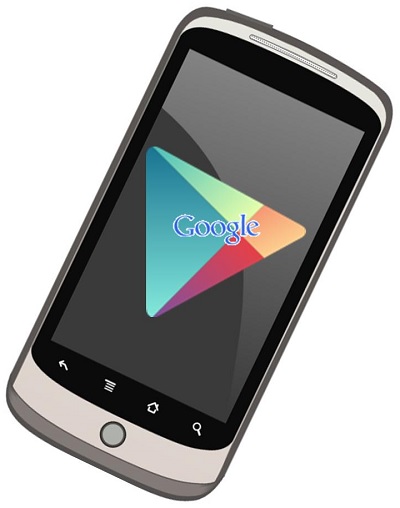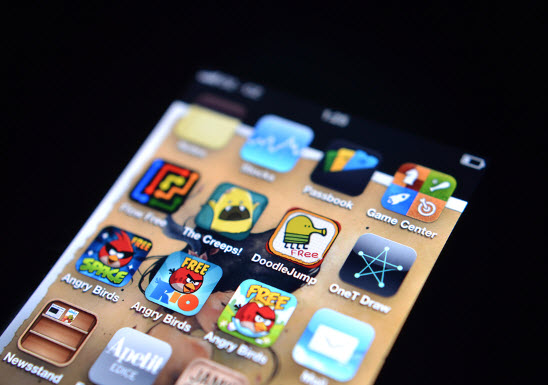This move was made in order to make it easier for smartphone users to be able to shop for applications.
Google has just made an important and long awaited move that is designed to make it easier for people to be able to buy things, such as mobile apps, from the Play Store while they are on the go and using their smartphones and tablets.
Android device users how have a mobile friendly interface that helps them to shop for content.
The new smartphone friendly store offers a range of features, such as a slide out navigation menu that gives the user immediate and direct access to all of the various parts of the Play Store. This includes a section for “devices” so that users can purchase mobile apps, various forms of devices, and all of the content that they could possibly want. All of this is now possible from their smartphone or tablet browser, instead of having to rely on the app or the web based store over a laptop or desktop computer.
So far, mobile apps shoppers are applauding this move by Google to give them a browser based option.
 Overall, it appears to work quite well and allows those who would prefer to use a browser for their Google Play experience to make that choice.
Overall, it appears to work quite well and allows those who would prefer to use a browser for their Google Play experience to make that choice.
Though its layout does take some getting used to for the first use or so, it also offers the added advantage that users of devices on platforms other than Android will also be able to make purchases through the Play Store. Therefore, the store will not be limited to users of Android devices, but iPhone and iPad users and even BlackBerry and Windows Phone users will also be able to access the store.
Moreover, it gives people the chance to purchase devices. This is an option that the existing Google Play mobile apps on Android does not have to offer. Many mobile device users have been pushing for this option for some time and are thrilled to see that their voices have been heard. The actual popularity of the site has yet to be seen.
This SDK will soon be in the hands of many developers for the creation of applications for users.
SAP has now announced the general availability of its latest mobile app development tools in its Mobile Platform 3.0, which is a software development kit (SDK) that has been designed to allow developers to be able to build applications for business partners, employees, and consumers.
Among the early adopters of this newly shipped software is National Grid, a U.K electricity and gas transmission network.
That company has already used this mobile app development platform update in combination with other tools from SAP in order to provide more than 1,500 field engineers with greater ability for using iOS devices to maintain the energy grid. Those engineers are employing the new system for a broad spectrum of different tasks that include everything from maintenance work that has been completed in the field, to taking photos of the repair work that needs to be done or that has been completed. As soon as the mobile devices connect with a WiFi network, the images that have been captured are stored for transmission alongside the rest of the history for that job, and any additional useful data.
This use of the mobile app development platform will mean a considerable savings on data plan use costs.
 According to the UK National Grid’s head of Information Systems, Tina Sands, this new mobile device friendly software from SAP “delivers an incredibly powerful but simple user experience for our field engineers so they can focus on their day jobs.”
According to the UK National Grid’s head of Information Systems, Tina Sands, this new mobile device friendly software from SAP “delivers an incredibly powerful but simple user experience for our field engineers so they can focus on their day jobs.”
Also using a pre-release version of the SAP Mobile Platform 3.0 is Augsburg, Germany-based MSC Mobile. That company’s mobile developers created an application that brings in the power of augmented reality. The concept is that it will allow workers in stores to be able to check whether or not the products that bring in the highest profits remain in stock on the store shelves, or whether they need to be restocked (or reordered, for that matter).
The mobile app development of that MSC Mobile product, which is called Shelf Plus, also provides employees with the ability to view a store shelf through the device screen in order to identify the location of certain items that are on a pre-created checklist.
 Overall, it appears to work quite well and allows those who would prefer to use a browser for their Google Play experience to make that choice.
Overall, it appears to work quite well and allows those who would prefer to use a browser for their Google Play experience to make that choice.
 According to the UK National Grid’s head of Information Systems, Tina Sands, this new
According to the UK National Grid’s head of Information Systems, Tina Sands, this new 